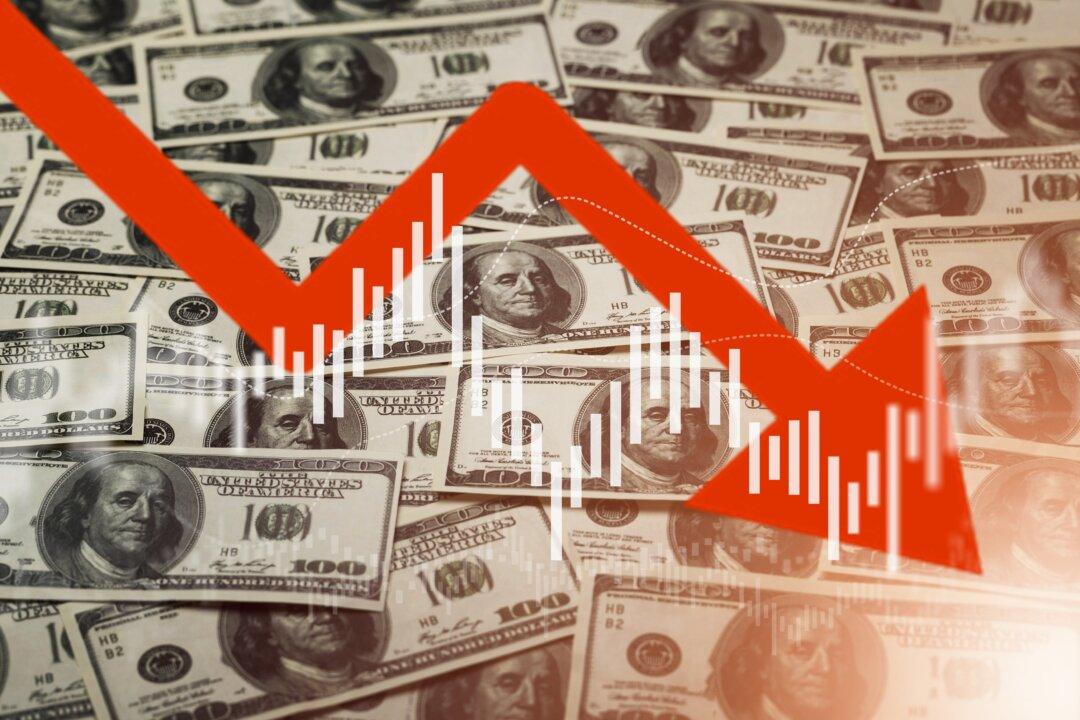Commentary
Inflation is here, and it’s breaking records. Currently, the inflation rate in the United States is 7 percent, the highest it’s been in 40 years. The spike is the result of a perfect storm of economic factors: a massive cash infusion into our economy combined with high demand for consumer goods and persistent supply chain issues.





